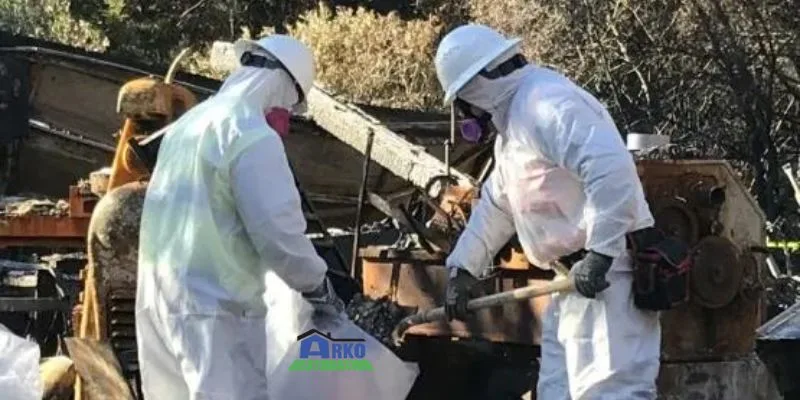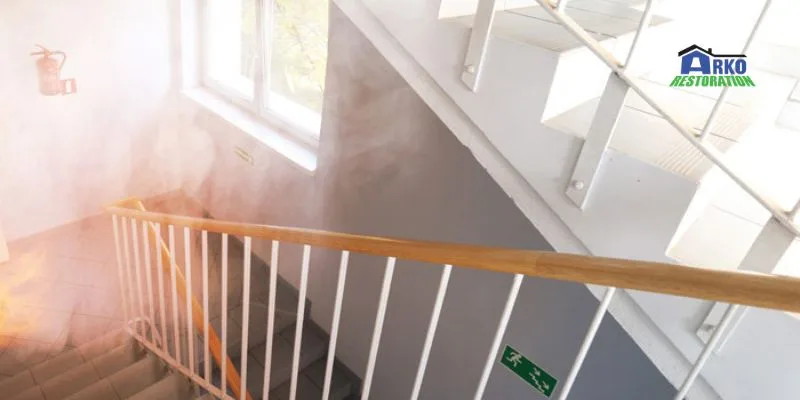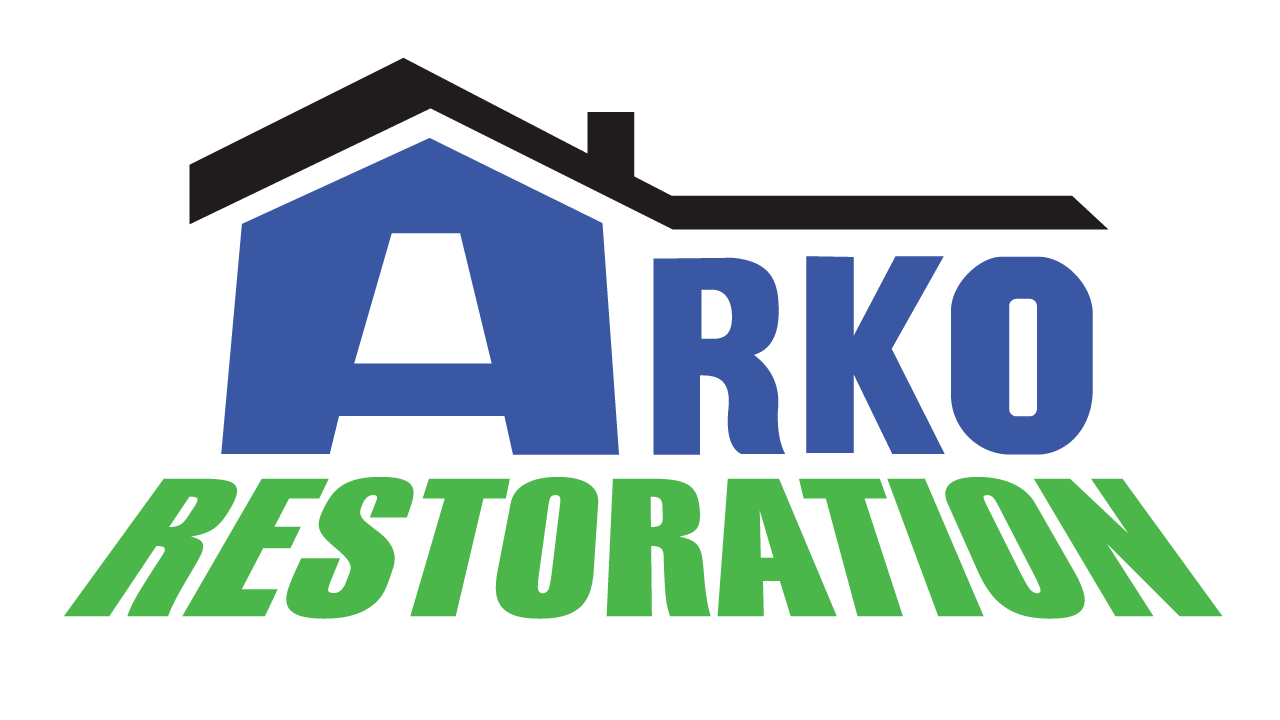Fire damage restoration services provide hope in the wake of a devastating fire. The process should be carefully done so that the restoration can be effective. In this guide, we talk about fire damage restoration and the best techniques to ensure an effective process.
What Is Fire Damage Restoration?
Fire damage restoration is a careful exercise of repairing and reconstructing facilities after the occurrence of fires. It extends more than simply debris removal, but rather, a comprehensive recovery to have the property reverted to a condition before the fire occurred.
The service is critical as it prevents additional damage, saves possessions, and gives some normalcy to victims of fire-related incidents. The comprehensive approach encompasses both physical recovery and psychological reinforcement for those impacted by a damaging fire.
Effective Fire Damage Restoration Techniques
Fire damage restoration involves several important techniques, each of which has an important impact on the restoration process in general. These commonly involve:
1. Assessment
Fire damage restoration initially relies on the critical strategy of assessment. The first proactive step involves a complete survey of the affected area, determining the level of damage and dangerous areas that need proper management. Qualified experts scrutinize structural integrity, residual smoke, together with water damage.
The outcome of this is that a restoration plan is developed and detailed actions as well as time frames are highlighted. Prompt recognition of the area of damage helps restoration crews categorize tasks, distribute resources effectively, and reduce the occurrence of subsequent problems.
As a result, the initial assessment will guide the fire damage restoration process and ensure a holistic approach, laying down the right foundation for the recovery.
2. Securing property
A key fire damage restoration approach is securing the property. The integrity and safety of the area involved after a fire need to be ensured. As part of this process, one might board up windows, strengthen weakened structures, and install temporary fences to keep out trespassers.
In addition to preventing properties from additional damage or getting stolen, the security measures taken would also limit the destruction that the property experiences from weather factors. Restoration professionals create a controlled environment at the beginning of the process through prompt implementation of the said measure.
This step helps lay the groundwork for an organized and successful fire damage restoration process, increasing productivity while minimizing other potential hazards.
3. Debris removal

One of the critical techniques used in fire damage restoration is debris removal where charred debris is cleared in systemic methods from the affected area. This procedure has numerous purposes such as the safety of restoration personnel, minimizing risks, and facilitating an exhaustive assessment of structural damages.
The technique for restoration of the property after the fire should be a swift and thorough removal of all debris that will enable a better assessment of the extent of damage. Generally, the right actions to bring back the property to its prior condition will be taken once the debris removal is completed.
4. Cleaning and sanitization
Fire damage restoration, particularly clean-up and sanitizing, is a crucial method. Soot and smoke particles post-fire remain on surfaces and pose health hazards in addition to lingering odors.
These contaminants are eliminated by cleaning in detail and ensuring that there are no more damages. This is followed by sanitization which involves killing bacteria and pathogens that would have multiplied as a result.
Experts use specialized cleaning agents, equipment, and methods to clean the affected areas completely. The dual approach allows for bringing the space back to its appealing look whilst making sure people will stay safe from health issues that usually accompany the effects of fire-damaged areas.
5. Structural repairs
One of the most efficient fire damage restoration approaches is structural repairs. After a fire, in case of any incident, it is important to assess the structural reliability of a building. It includes repair or replacement of the damaged load-carrying components, wall, roof, and floor.
The structural repair makes the property safe for occupancy while reclaiming its aesthetic and functional appeal. It is essential to use qualified engineers for the rigorous structural assessment and proper fixing.
Quality restorations are often completed through timely expertly executed structural repairs which allow the affected property to be made safe and habitable again.
6. Smoke odor removal

Getting rid of smoke odor is one of the most important things in fire damage restoration. Since smoke travels long distances, thorough measures are needed. Experts utilize machines including ozone machines, thermal fumigators, and dehumidifiers to get rid of odors.
Moreover, to get rid of smoke particles that may be trapped on surfaces like walls, ceilings, or possessions, intensive cleaning is necessary. Other factors for enhancing the effectiveness of smoke odor removal include the use of deodorizing agents and sealing materials.
Such a detailed approach, however, improves the looks of the property. It also provides a healthy indoor breathing environment by eliminating the possibility of respiratory and health problems connected to persistent smoke odors.
The Role of Professionals in Fire Damage Restoration
It is highly recommended to seek professional assistance to restore fire damage effectively. Fire damage recovery has special requirements that professional restoration companies can handle due to their knowledge, experience, and specific equipment.
They understand the unique difficulties that accompany fire disasters including concealed damages, water damage caused by fighting fire, and mold susceptibility. Hiring professionals guarantees a smooth restoration and improves the chances of recovering from the damage.
Additionally, their approach goes beyond the obvious damage and extends to the possibility of other underlying problems. As such, their approach covers everything necessary for complete remediation of the impacted areas of the property.
Conclusion
The key factor behind successful recovery from a fire catastrophe lies in mastering effective fire damage restoration procedures. Such measures consist of rapid evaluation, careful cleaning, and renovation. Expertise and specialized tools are crucial in overcoming the intricacies of fire damage restoration and professionals can help increase the efficiency.

